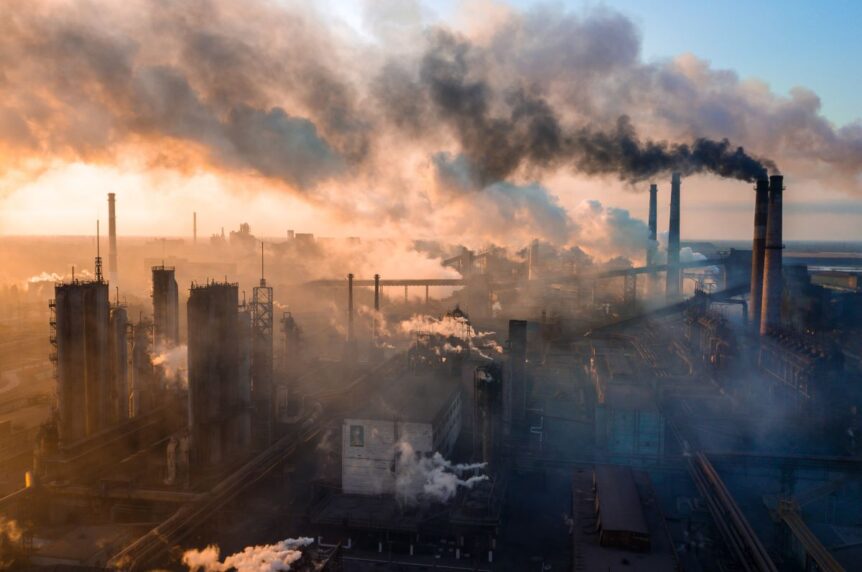Ignoring climate change isn’t just an environmental issue—it’s an economic crisis unfolding right before our eyes. How will it affect your financial future?
1. Rising Insurance Premiums

Image Credit: Shutterstock / Andrey_Popov
Climate-related damages are becoming more frequent and severe, leading insurers to raise premiums. In Florida alone, homeowners’ insurance rates have jumped by as much as 30% in 2023 due to increased hurricanes and floods. How will your budget handle these rising costs?
2. Plummeting Property Values
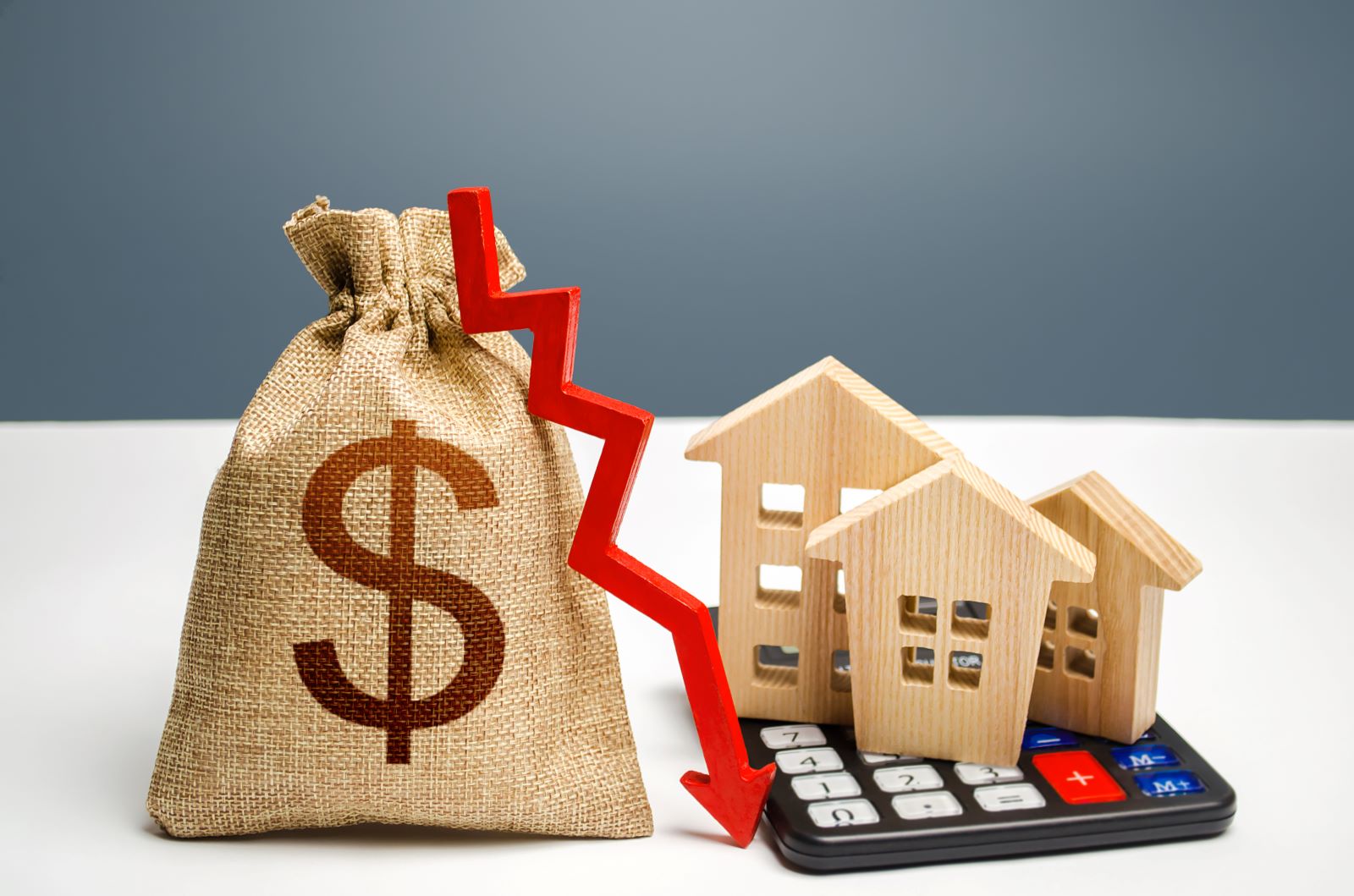
Image Credit: Shutterstock / Andrii Yalanskyi
Properties in flood-prone areas like Miami are projected to lose up to 20% of their value by 2030 due to sea-level rise. If your retirement plan includes property investment, these losses could significantly impact your financial security.
3. Decreased Agricultural Output

Image Credit: Shutterstock / Billion Photos
The U.S. agriculture sector, a $136 billion industry, faces potential yield decreases of up to 30% by 2050 due to altered rainfall patterns and increased temperatures. This decline could lead to higher food prices nationwide, affecting your grocery bill.
4. Strained Energy Systems

Image Credit: Shutterstock / simon jhuan
The demand for electricity is set to increase by 20% by 2040 due to hotter summers, pushing up utility bills and necessitating expensive upgrades to the grid. This could mean higher monthly expenses for nearly every American household.
5. Water Scarcity Costs

Image Credit: Shutterstock / Keshi Studio
Droughts are expected to make water more scarce, particularly in the Southwest, where water utility prices could double within the next decade. Are you ready for your water bill to potentially skyrocket?
6. Health Care Expenses

Image Credit: Shutterstock / Africa Studio
Health issues related to climate change, such as heatstroke and respiratory problems, are projected to increase health care costs by $4 billion annually by 2030. With healthcare already a significant expense, can American families afford these additional costs?
7. Loss of Labor Productivity

Image Credit: Shutterstock / Mangkorn Danggura
Heat stress could reduce outdoor worker productivity by 2%, costing the economy approximately $100 billion annually by 2050. If you work outdoors, your income could directly suffer.
8. Damage to Infrastructure
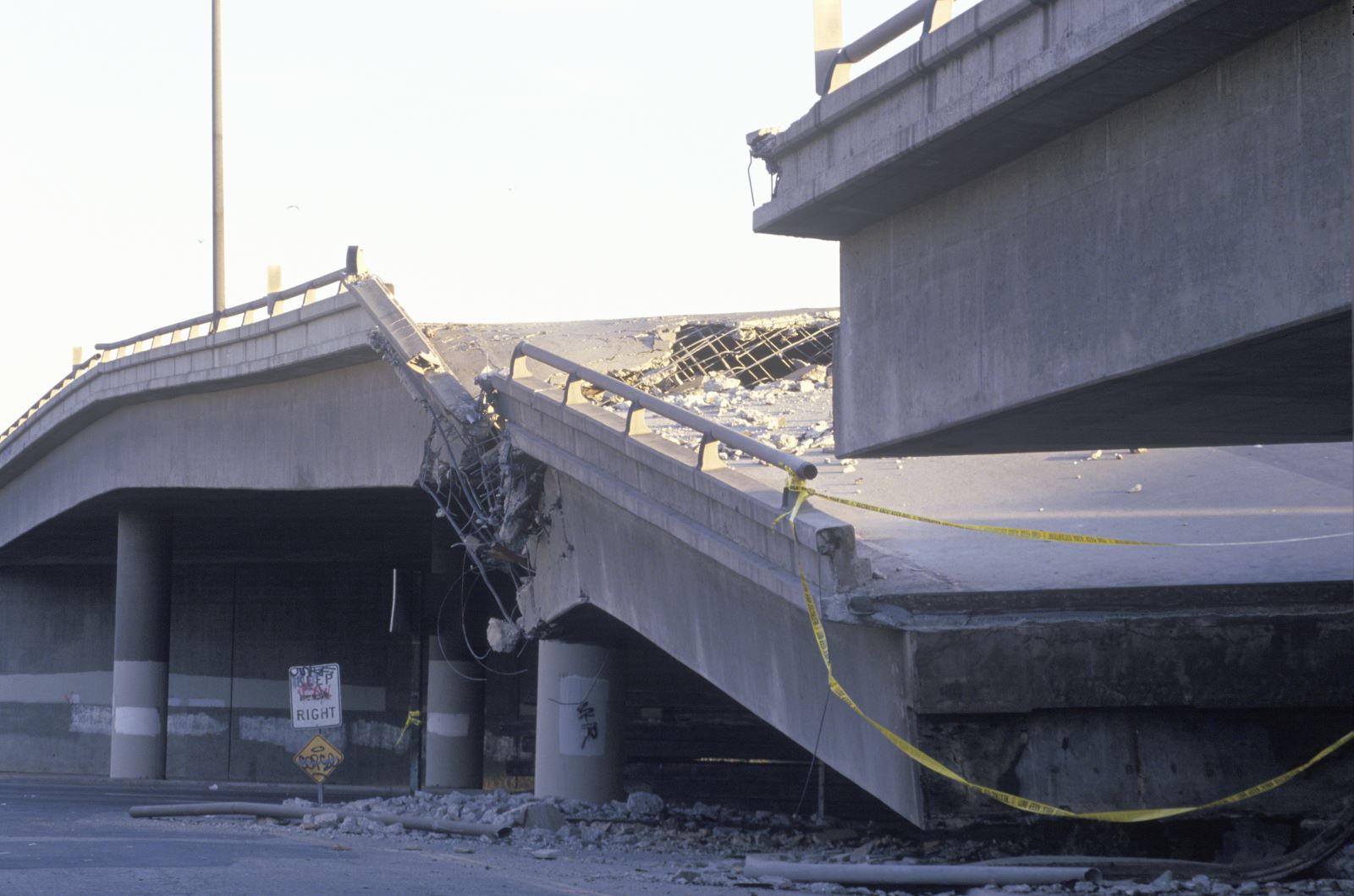
Image Credit: Shutterstock / Joseph Sohm
Repairing damage to roads, bridges, and railways from extreme weather events is expected to cost U.S. taxpayers over $500 billion by 2050. These costs will likely result in higher taxes or cuts in other public services.
9. Tourism Decline

Image Credit: Shutterstock / J.Emilio Flores
Climate impacts like wildfires and hurricanes have begun to deter tourism in areas like California and the Gulf Coast, leading to potential annual losses of $10 billion by 2030. This decline affects local businesses and job opportunities.
10. Federal and State Disaster Relief
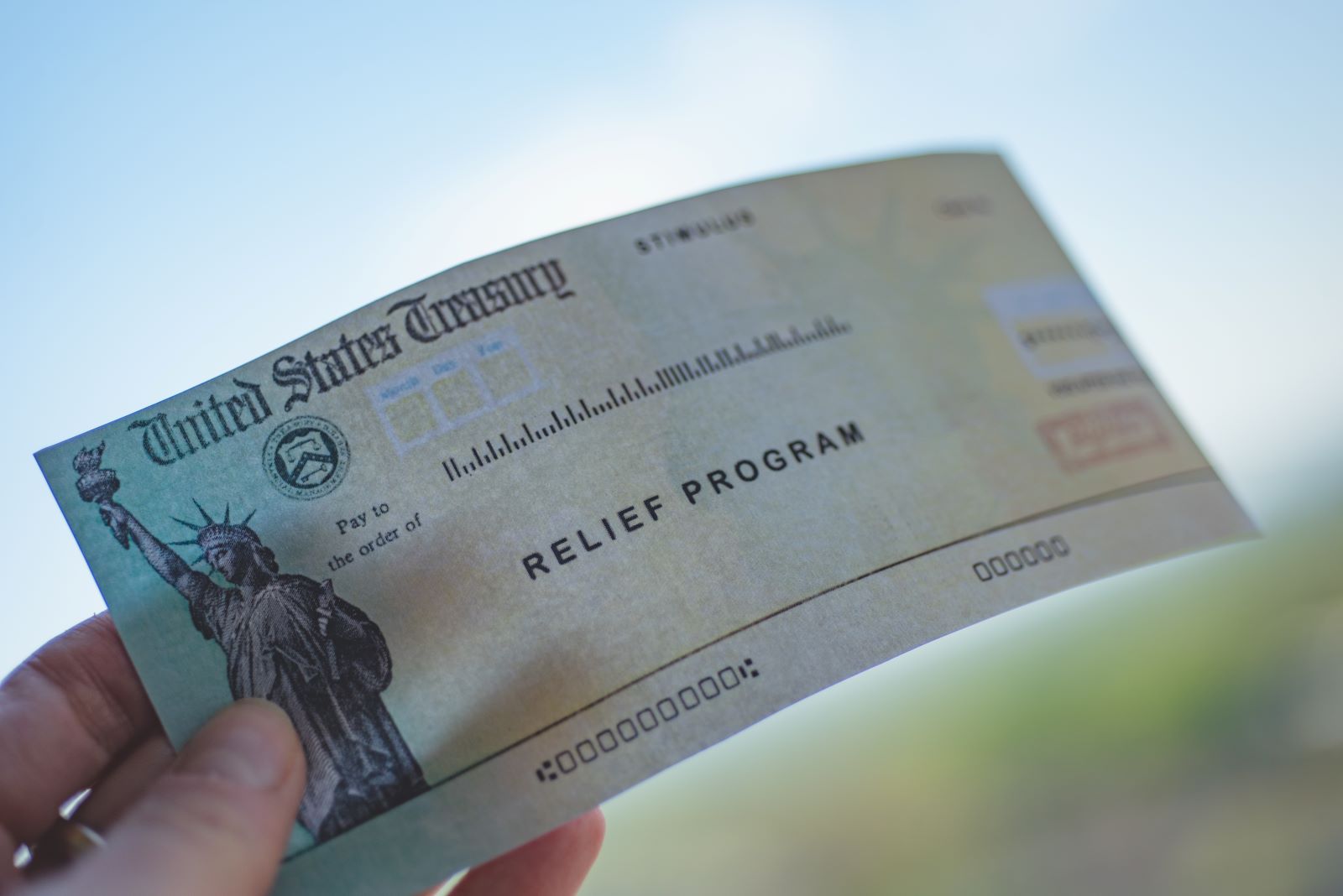
Image Credit: Shutterstock / Evgenia Parajanian
Federal and state disaster relief spending has increased fourfold over the past decade, reaching $17 billion annually. This trend is expected to continue, potentially reducing funding available for education, healthcare, and infrastructure.
11. Migration Costs

Image Credit: Shutterstock / Fauzi Muda
Climate-driven migration within the U.S. could displace up to 13 million people by 2050, leading to significant costs in housing, infrastructure, and social services. Will this affect your community?
12. Loss of Recreational Areas

Image Credit: Shutterstock / Artmim
Destruction of national parks and recreational areas due to wildfires and flooding could cost the U.S. economy over $1 billion annually in lost tourism revenue. This loss diminishes quality of life and local revenues.
13. Fisheries Decline
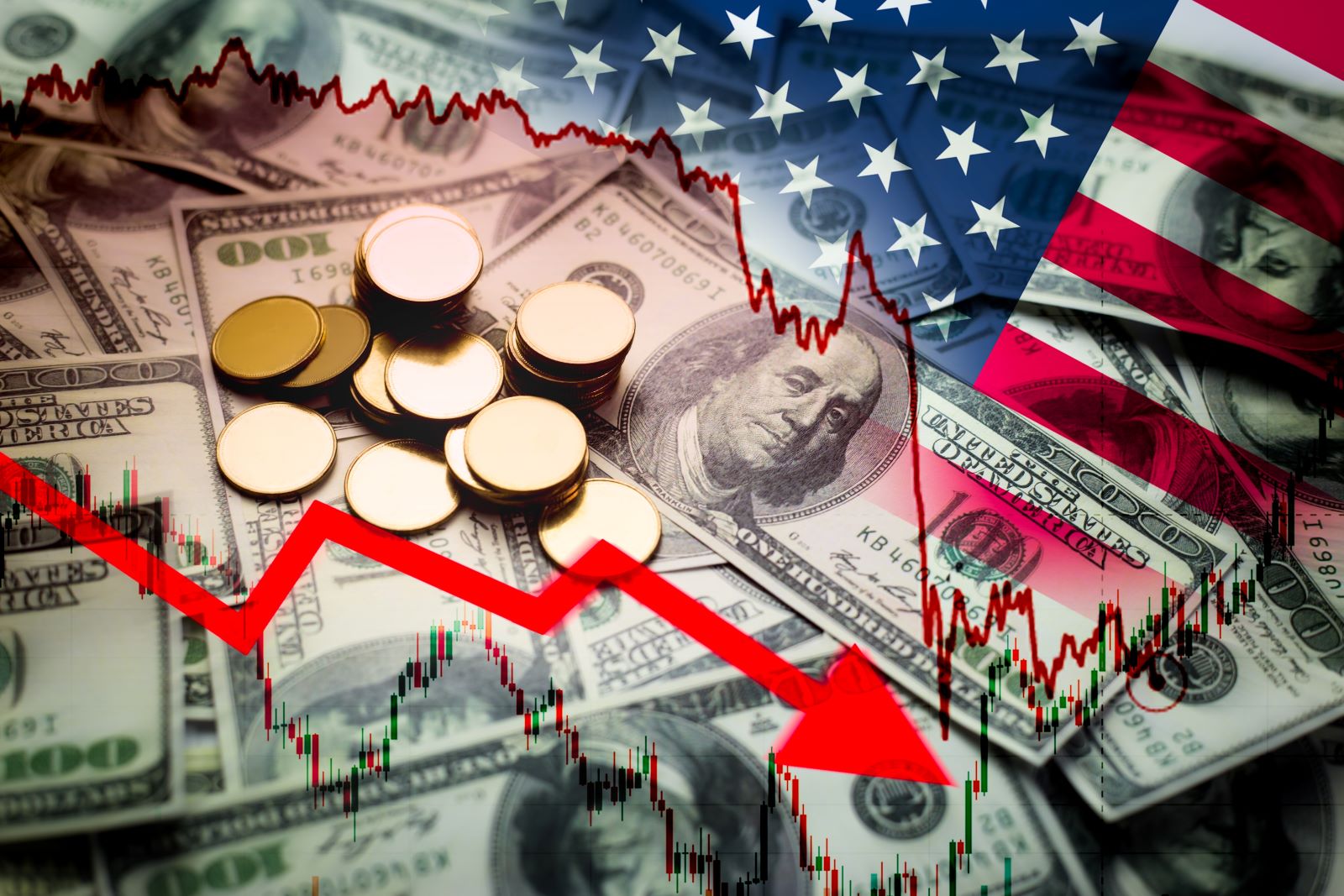
Image Credit: Shutterstock / Kowit Lanchu
Ocean acidification and warming have reduced U.S. fishery revenues by 10% over the past decade, impacting the $200 billion fishing industry and the economies dependent on it. Higher seafood prices could be on your dinner table soon.
14. Increased Utility Bills

Image Credit: Shutterstock / Grusho Anna
Increased frequency of severe weather requires more frequent repairs and upgrades to utility systems, potentially increasing monthly utility bills for the average American household by up to $200 annually by 2030.
15. Coastal Erosion Costs
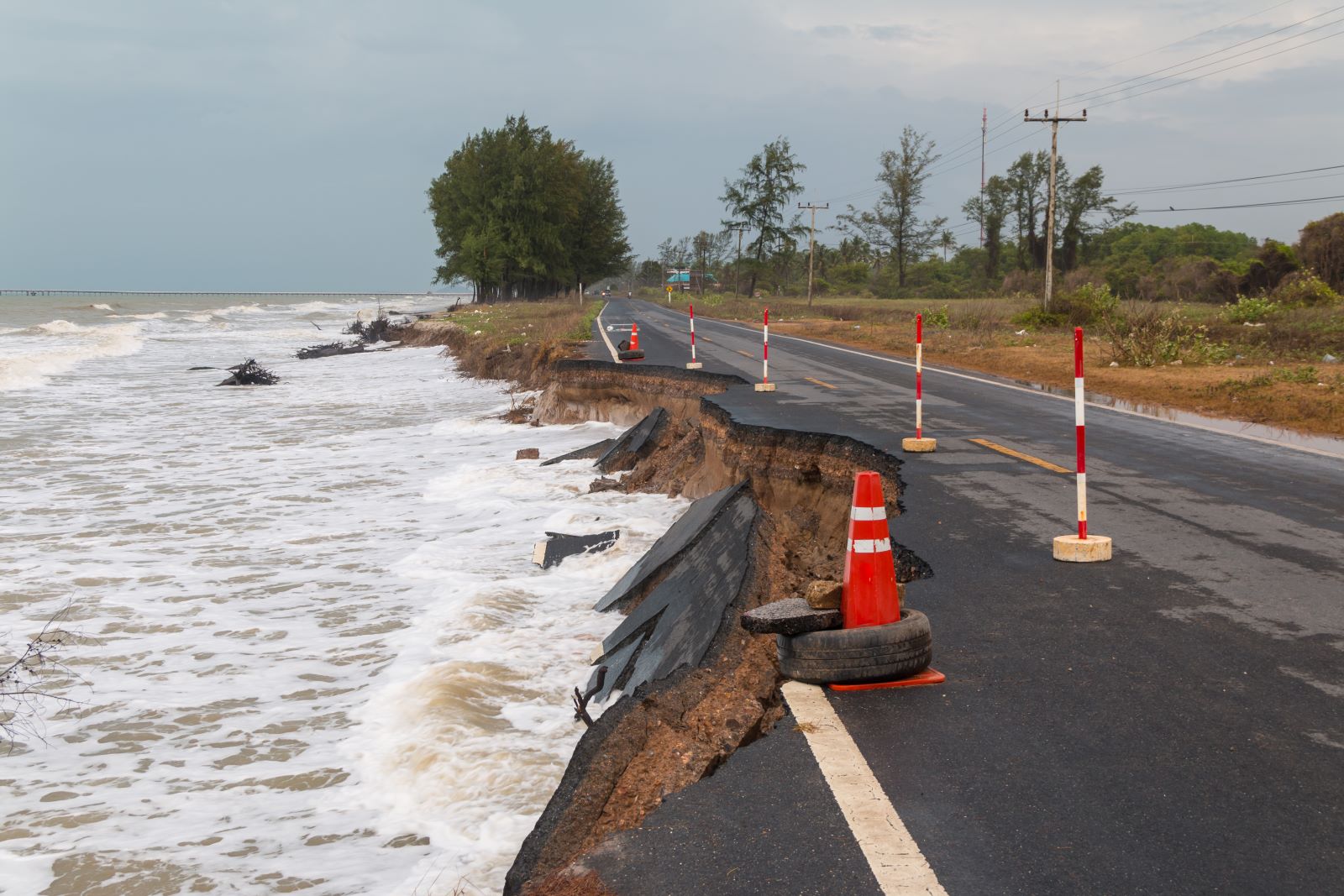
Image Credit: Shutterstock / Attapol Yiemsiriwut
Coastal erosion could require over $500 million annually in coastal defense measures by 2040. These costs will be passed down to local communities, potentially increasing your local taxes.
16. Increased Wildfire Suppression Costs

Image Credit: Shutterstock / Jaden Schaul
The cost of fighting wildfires has tripled over the past decade, reaching $3 billion annually. As these events become more common, the financial burden will likely increase.
17. Public Health Crises

Image Credit: Shutterstock / View Apart
The spread of vector-borne diseases like Zika and West Nile due to warmer climates is expected to increase public health spending by hundreds of millions annually. This impacts both government budgets and individual health expenses.
18. Decreased Water Quality

Image Credit: Shutterstock / PRESSLAB
Investment required to combat decreased water quality due to pollution and flooding is projected to cost U.S. cities up to $300 million annually by 2040. This may increase your water treatment costs.
19. Legal and Regulatory Costs
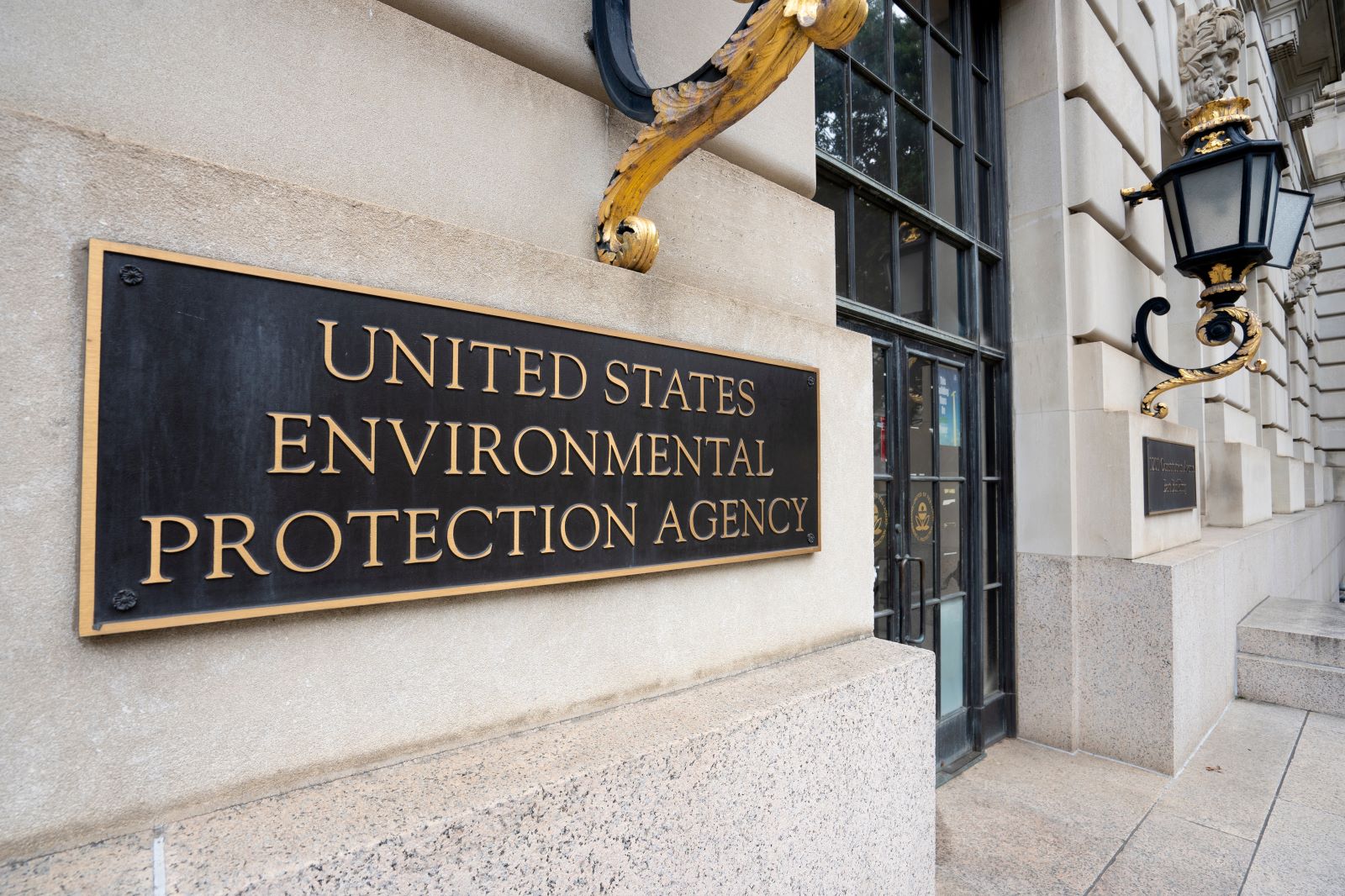
Image Credit: Shutterstock / Tada Images
Legal battles over climate issues are ramping up, with governments and businesses spending an estimated $1 billion annually on litigation and compliance. These costs could trickle down to consumers.
20. Reduced Biodiversity
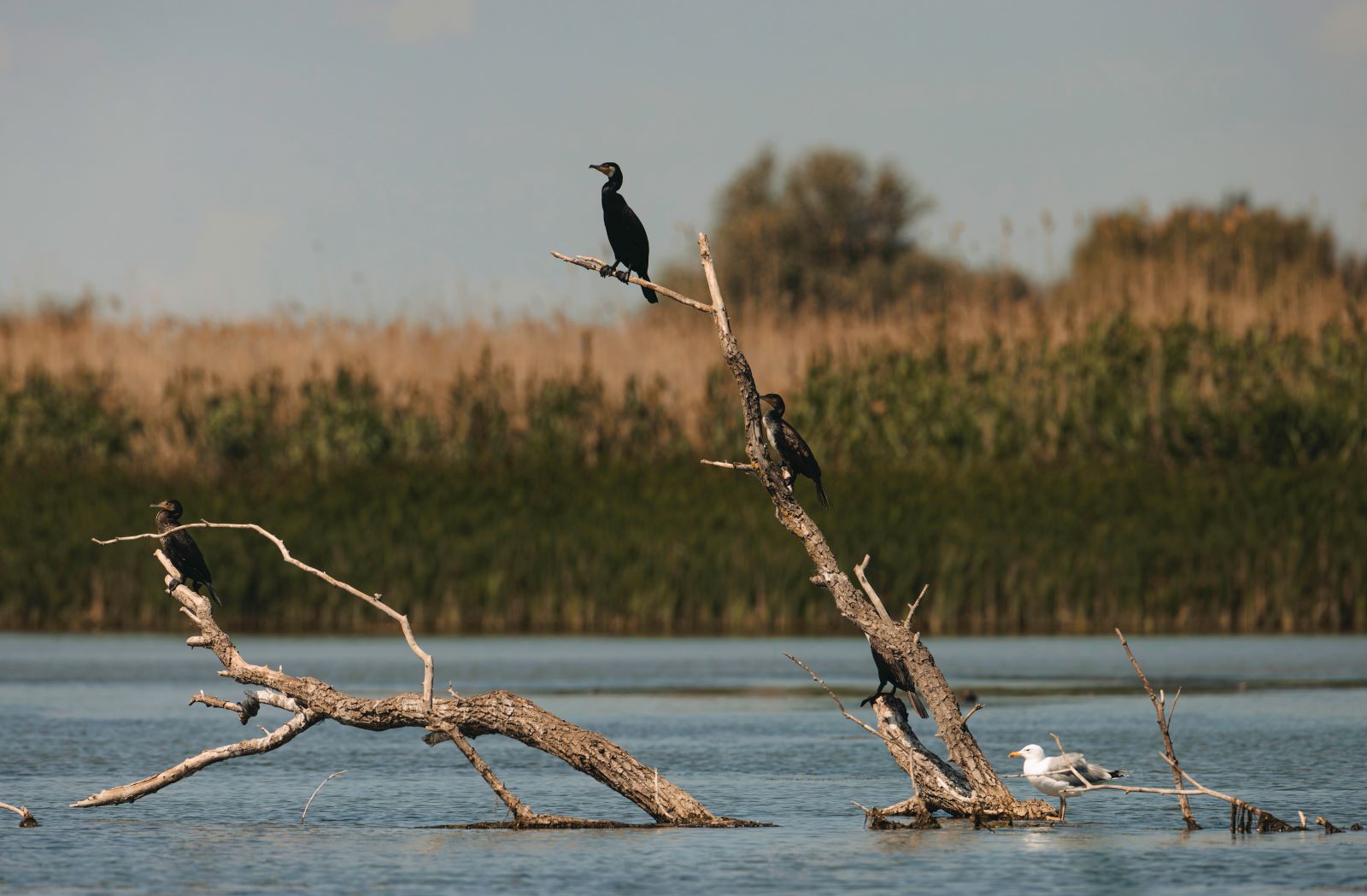
Image Credit: Shutterstock / MAD.vertise
Economic losses from reduced biodiversity, affecting industries like pharmaceuticals and biotechnology, could cost the U.S. economy billions in lost opportunities and innovation.
Are You Paying Attention Yet?
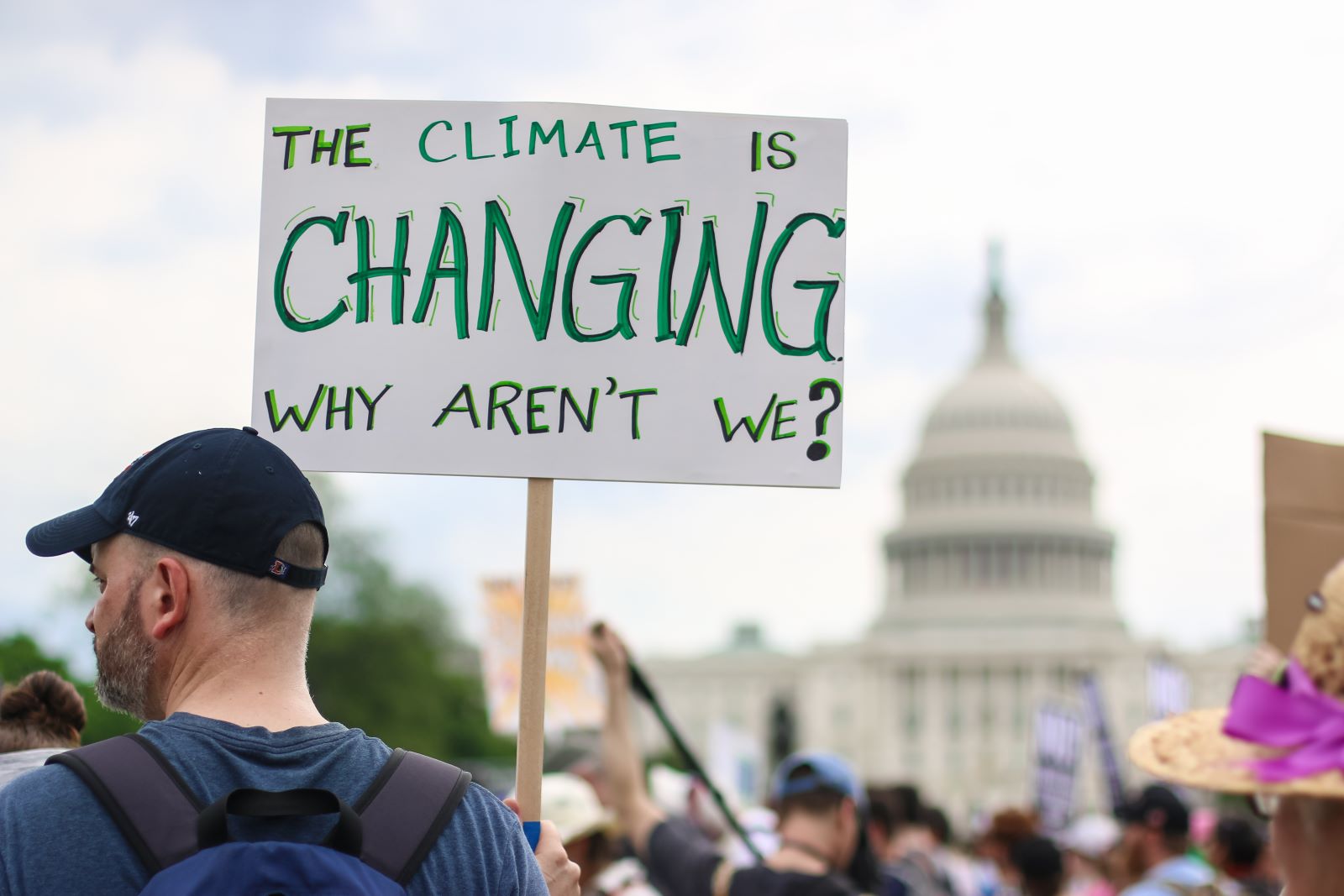
Image Credit: Shutterstock / Nicole Glass Photography
With personal finances and national economic stability at stake, isn’t it time we consider the real cost of ignoring climate change? What will it take for us to start prioritizing sustainable solutions before it’s too late?
Featured Image Credit: Shutterstock / TR STOK.
For transparency, this content was partly developed with AI assistance and carefully curated by an experienced editor to be informative and ensure accuracy.

